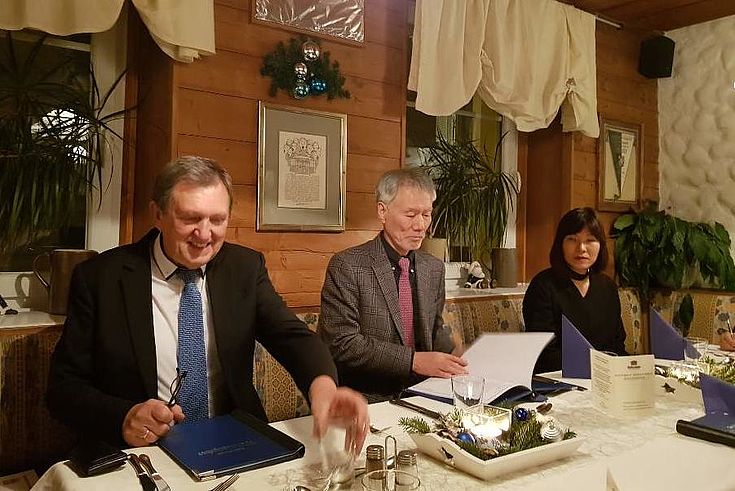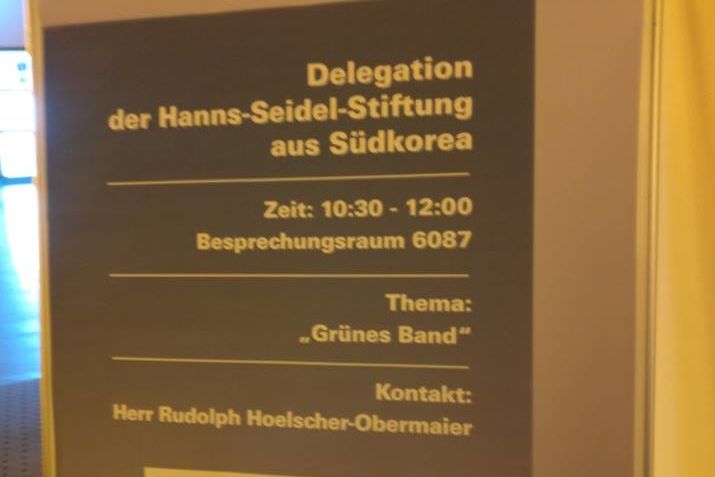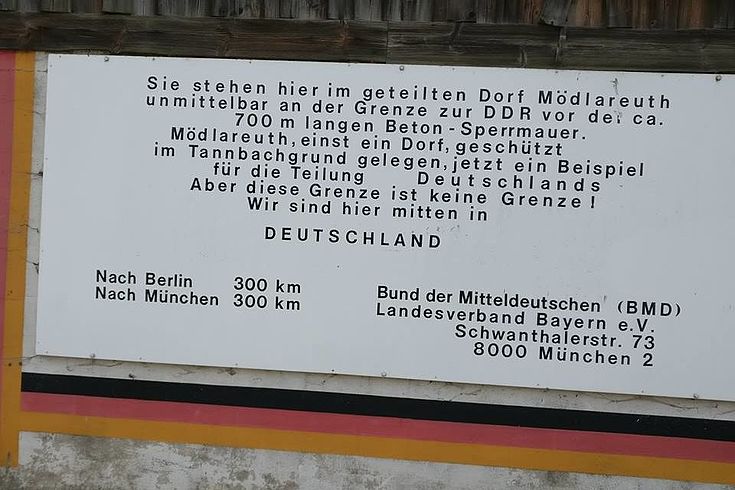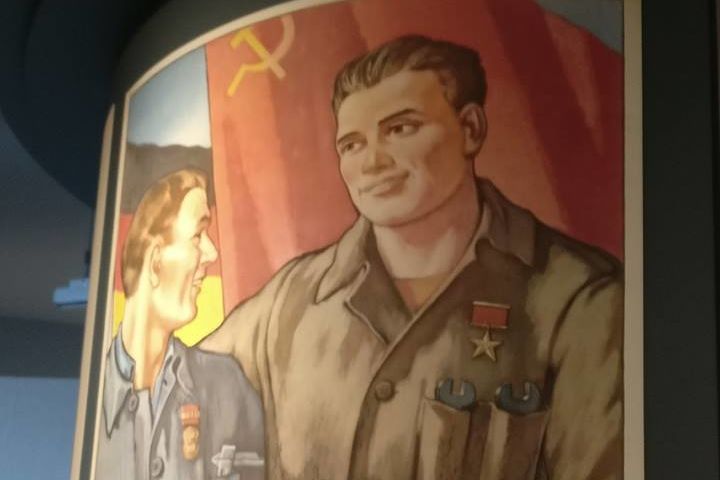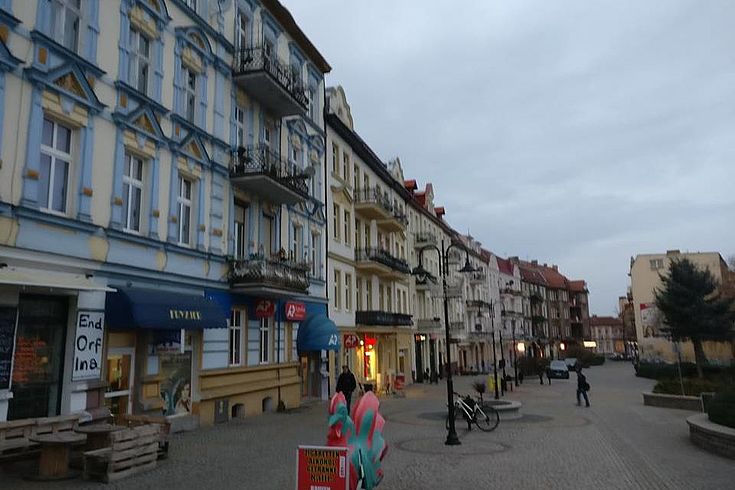Study Trip
Germany after Reunification - On the Road With the Institute for Peace Affairs
Meeting with Hermann Huebner, County Chief of Bayreuth County
HSS
The reconciliation on the Korean peninsula and the peaceful unification of Korea is one of the main tasks that Hanns Seidel Foundation wants to support in Korea. One of the most important partners in this area is the Institute for Peace Affairs (IPA). With its own history, Germany is a good example of a country that has been divided and reunited. Due to this fact, a joint study trip to Germany took place between the end of November and the beginning of December, during which different aspects of Germany after reunification were considered.
Bavarian State Ministry of Environment and Consumer Protection
HSS
At the beginning of the trip through Germany the group went to Munich, where they met with the head of the Institute for International Cooperation (IIC) of the Hanns-Seidel-Foundation, as well as other important representatives of the HSS to talk about the importance of the work of the HSS. Next stop was the Ministry for Environmental Protection and Consumer Protection of the Free State of Bavaria, where experts discussed environmental protection with a special focus on the so-called "green belt" - the former "death strip" - which functioned as a border strip between East and West. For more than 40 years, this area has developed into a paradise for rare animal and plant species and continues to deserve special protection in order to preserve this biodiversity. Those present also agreed on closer cooperation between Korea and Bavaria. The last station on the first day was Bayreuth, where the delegation met with the Upper Franconian government to discuss the experiences of the former border region on the inner-German border, which in the 1990s and early 2000s, due to economic hardship, had developed into an economic engine of Bavaria and Germany in recent years.
Memories of the Separation
HSS
On the second day they drove from Bayreuth to Marktredwitz in Upper Franconia, where not only Bavaria, Thuringia and Saxony meet, but also the Bohemian region Cheb (Eger) of the Czech Republic begins. Since 1993 a wide variety of cultural events have taken place here, bringing together people from different cultures and regions. At the same time, however, this country square is also the scene of various violent historical events in the 19th and 20th centuries. The next stop was in the village Mödlareuth at the Bavarian-Thuringian border, also known under the name "small Berlin", because also in this 40 inhabitants village a wall had been pulled. To this day, the remains of this structure still stand to commemorate the time of the separation. In the evening, the group set off for Leipzig, the city of peaceful resistance in the summer of 1989.
Socialist Art can be found in North Korea until today
HSS
Leipzig is known for its peaceful demonstrations, during which the inhabitants were able to express their dissatisfaction with the communist government of the GDR for the first time. The demonstrations in Leipzig soon became a mass phenomenon, which ultimately led to the fall of the regime - without any violence at all. Therefore, on the third day, the participants visited different places connected with this impressive history, then went on to Dresden, Saxony's capital and another important city in connection with reunification. There was a long and in-depth discussion with an employee of the city who, thanks to her long experience, was able to report on the administrative changes that took place after 1945. Finally, the group met with Dr. Christoph Hollenders, South Korean Honorary Consul in Saxony, to discuss the latest political developments in Germany and Korea.
Old Houses in Slubice
HSS
Since the peaceful relations at borders were to be particularly in the foreground of this study trip, there was an excursion to the border to Poland on the fourth day, more precisely to the Euroregion Pro Europa Viadrina in Frankfurt a.d. Oder. Together with the vice-mayor the importance of good cooperation with Poland was discussed. This was followed by a tour of the Euroregion and a short visit across the bridge to Slubice in Poland. The attendees agreed that international cooperation based on the Euroregion model would also be a good way of reducing tensions between countries and promoting better cooperation in Northeast Asia - an undertaking that is not always easy.
Visit in the Museum Lindenstrasse
HSS
On the fifth and last day of the trip, they first met Professor Dr. Gottfried Konzendorf, who is a leading member of the task force of the Federal Commissioner for the New Federal States at the Ministry of Economics and Energy and who spoke about the differences in living conditions that still exist today and what is being done about them. Finally, the group travelled to Potsdam, where in 1945 the Potsdam Conference at Caecilienhof Palace decided to divide Korea along the 38th parallel. After a tour through the museum Lindenstraße 54/55, which is a former prison of the Stasi and symbolizes the tragic continuity of totalitarian power like no other place, the study trip ended.

